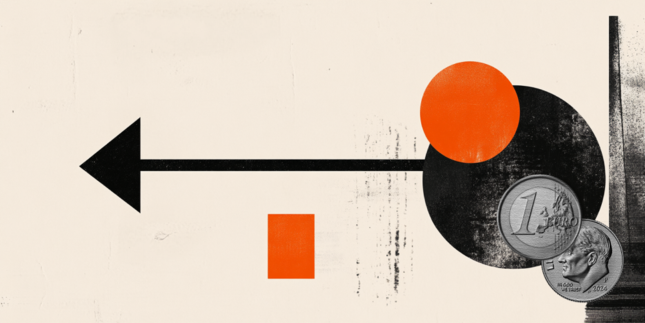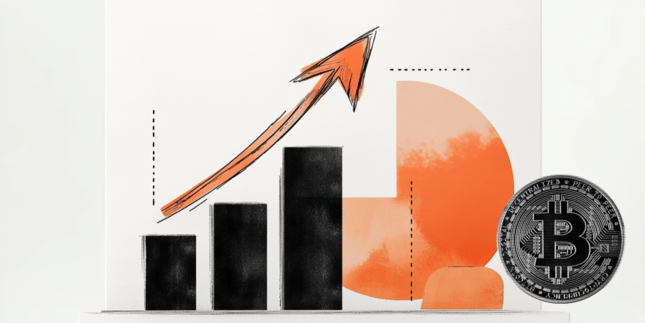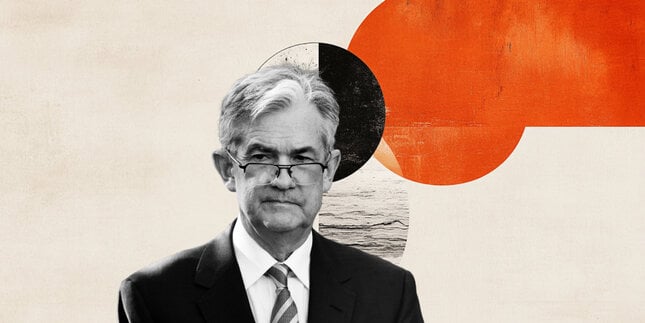- Canadian Dollar flows try to stage a rebound after last week’s declines.
- Bank of Canada Governor Tiff Macklem holds steady, reiterates policy stance.
- Weaker bids on Crude Oil limits CAD upside.
The Canadian Dollar (CAD) is hunting for some green territory against the US Dollar USD to kick off the new trading week. The Loonie’s topside remains limited as Crude Oil prices fall back, limiting momentum in the Oil-dependent CAD.
Bank of Canada (BoC) Governor Tiff Macklem will testify before the Canadian federal government’s Standing Senate Committee on Finance later today. The BoC head is expected to land hawkish, while also awaiting “clear evidence” that inflation in Canada will return to the BoC’s target level of 2%.
Daily Digest Market Movers: Canadian Dollar attempts to stage Monday recovery
- The CAD is trying to claw back chart paper after dipping into a new eight-month low last week.
- BoC’s Governor Macklem tesified before the federal financial oversight committee today.
- Round 2 of Governor Macklem’s testimony is slated for Wednesday.
- Despite weakening economic data, inflation risks remain elevated for Canada.
- Macklem reiterates that the BoC does not see a recession coming, despite the path to a soft landing having narrowed recently.
- Crude Oil prices look soft for Monday as geopolitical tensions from the Gaza Strip conflict remain contained in the region.
- WTI Crude Oil bids are down around 3% for the day.
- Weakening barrel bids are limiting CAD upside.
- Loonie traders will want to keep an eye out for Canadian Gross Domestic Product (GDP) figures on Tuesday.
- Bank of Canada’s Macklem: If inflationary pressures persist, we are prepared to raise rates further
Technical Analysis: Canadian Dollar trying to extend a rebound over 1.2850 against the US Dollar
The Canadian Dollar (CAD) is catching a relief bid from last Friday’s eight-month low against the US Dollar (USD), sending the USD/CAD pair back below 1.3850 after tapping 1.3880 late last week.
An extended recovery in the Loonie from here will see 1.3850 firming up into a significant technical resistance level moving forward. On the top side, a bullish break will see the USD/CAD set to challenge 2022’s high of 1.3978 set over one year ago, back in mid-October of last year.
In the meantime, a downside continuation will run into technical support from the 50-day Simple Moving Average (SMA), which is currently lifting north of the 1.3600 handle, with the last swing low pricing in an interim floor from 1.3569.
Long-term support sits at the 200-day SMA currently parked just below 1.3500.
USD/CAD Daily Chart

Canadian Dollar FAQs
What key factors drive the Canadian Dollar?
The key factors driving the Canadian Dollar (CAD) are the level of interest rates set by the Bank of Canada (BoC), the price of Oil, Canada’s largest export, the health of its economy, inflation and the Trade Balance, which is the difference between the value of Canada’s exports versus its imports. Other factors include market sentiment – whether investors are taking on more risky assets (risk-on) or seeking safe-havens (risk-off) – with risk-on being CAD-positive. As its largest trading partner, the health of the US economy is also a key factor influencing the Canadian Dollar.
How do the decisions of the Bank of Canada impact the Canadian Dollar?
The Bank of Canada (BoC) has a significant influence on the Canadian Dollar by setting the level of interest rates that banks can lend to one another. This influences the level of interest rates for everyone. The main goal of the BoC is to maintain inflation at 1-3% by adjusting interest rates up or down. Relatively higher interest rates tend to be positive for the CAD. The Bank of Canada can also use quantitative easing and tightening to influence credit conditions, with the former CAD-negative and the latter CAD-positive.
How does the price of Oil impact the Canadian Dollar?
The price of Oil is a key factor impacting the value of the Canadian Dollar. Petroleum is Canada’s biggest export, so Oil price tends to have an immediate impact on the CAD value. Generally, if Oil price rises CAD also goes up, as aggregate demand for the currency increases. The opposite is the case if the price of Oil falls. Higher Oil prices also tend to result in a greater likelihood of a positive Trade Balance, which is also supportive of the CAD.
How does inflation data impact the value of the Canadian Dollar?
While inflation had always traditionally been thought of as a negative factor for a currency since it lowers the value of money, the opposite has actually been the case in modern times with the relaxation of cross-border capital controls. Higher inflation tends to lead central banks to put up interest rates which attracts more capital inflows from global investors seeking a lucrative place to keep their money. This increases demand for the local currency, which in Canada’s case is the Canadian Dollar.
How does economic data influence the value of the Canadian Dollar?
Macroeconomic data releases gauge the health of the economy and can have an impact on the Canadian Dollar. Indicators such as GDP, Manufacturing and Services PMIs, employment, and consumer sentiment surveys can all influence the direction of the CAD. A strong economy is good for the Canadian Dollar. Not only does it attract more foreign investment but it may encourage the Bank of Canada to put up interest rates, leading to a stronger currency. If economic data is weak, however, the CAD is likely to fall.
Information on these pages contains forward-looking statements that involve risks and uncertainties. Markets and instruments profiled on this page are for informational purposes only and should not in any way come across as a recommendation to buy or sell in these assets. You should do your own thorough research before making any investment decisions. FXStreet does not in any way guarantee that this information is free from mistakes, errors, or material misstatements. It also does not guarantee that this information is of a timely nature. Investing in Open Markets involves a great deal of risk, including the loss of all or a portion of your investment, as well as emotional distress. All risks, losses and costs associated with investing, including total loss of principal, are your responsibility. The views and opinions expressed in this article are those of the authors and do not necessarily reflect the official policy or position of FXStreet nor its advertisers. The author will not be held responsible for information that is found at the end of links posted on this page.
If not otherwise explicitly mentioned in the body of the article, at the time of writing, the author has no position in any stock mentioned in this article and no business relationship with any company mentioned. The author has not received compensation for writing this article, other than from FXStreet.
FXStreet and the author do not provide personalized recommendations. The author makes no representations as to the accuracy, completeness, or suitability of this information. FXStreet and the author will not be liable for any errors, omissions or any losses, injuries or damages arising from this information and its display or use. Errors and omissions excepted.
The author and FXStreet are not registered investment advisors and nothing in this article is intended to be investment advice.
Recommended content
Editors’ Picks

EUR/USD: Negative bias should persist below the 200-day SMA
EUR/USD lost traction and faded the initial bull run to the area of yearly peaks near 1.0530, all following a late bounce in the US Dollar amid steady risk aversion in the global markets.

GBP/USD alternates gains with losses near 1.2480
After climbing to three-week highs above the 1.2500 mark, GBP/USD has lost some momentum and retreated to the 1.2480 range, driven by a modest recovery in the US dollar on Monday.

Gold extends corrective decline towards $2,730
Spot Gold is under strong selling pressure at the beginning of the week, trading around the $2,730 mark in the American session. The bright metal was unable to advance against a battered US Dollar (USD) despite a dismal market mood.

Crypto Market Crash: How corporate investors $58B move after Trump Inauguration triggered Bitcoin price dip
Bitcoin’s price dipped as low as $98,500 on Monday, its lowest in 12 days since January 15. On-chain data trends show how whale investors’ strategic moves after Donald Trump’s inauguration may have triggered the crypto market crash.

Five fundamentals for the week: Fed, ECB and US GDP try to compete with Trump Premium
The gift that keeps on giving – US President Donald Trump continues to be "generous" with market volatility, but this week, he'll face competition from the Fed. A rate decision in the Eurozone, the first release of US GDP for the entire 2024, and the Fed's favorite inflation gauge will all rock markets. Fasten your seatbelts..

Trusted Broker Reviews for Smarter Trading
VERIFIED Discover in-depth reviews of reliable brokers. Compare features like spreads, leverage, and platforms. Find the perfect fit for your trading style, from CFDs to Forex pairs like EUR/USD and Gold.